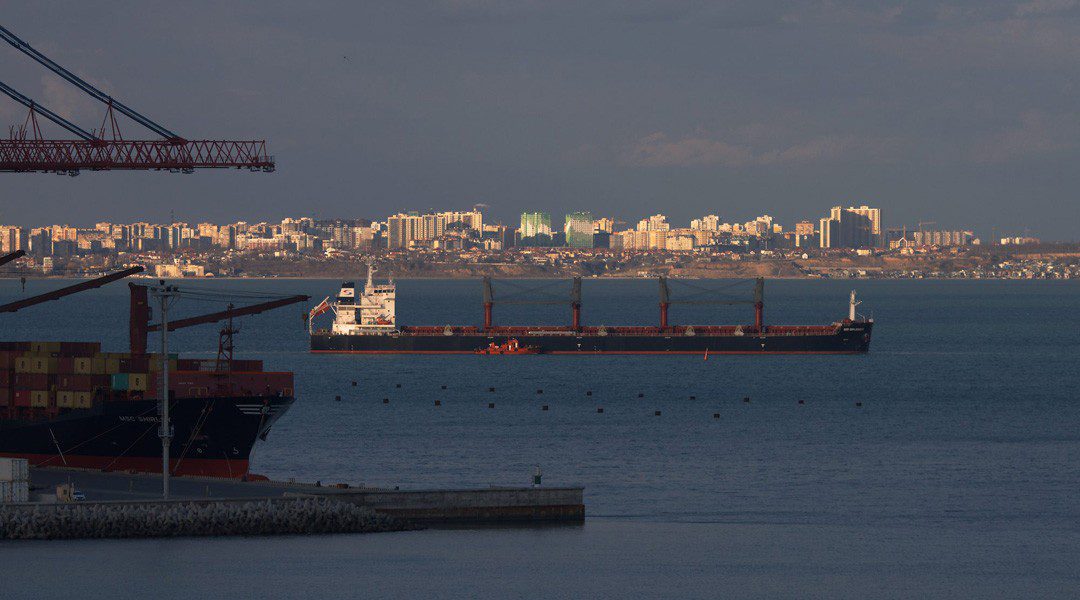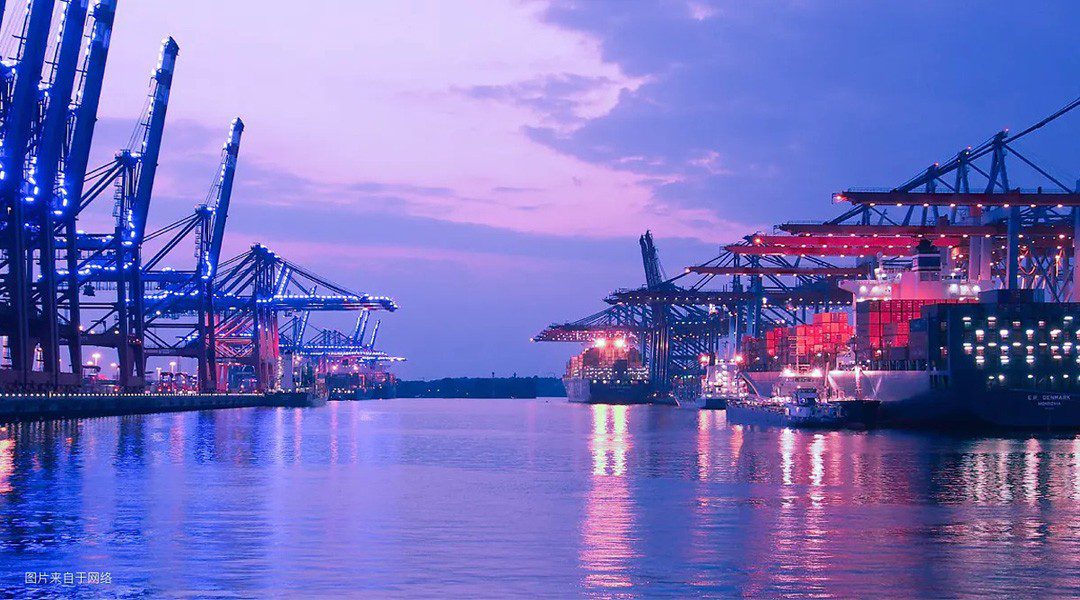In a five-part series to start 2023 we take a look at where shipping markets are headed in the coming year with experts Maritime Strategies International (MSI).
In this first part the Seatrade Maritime Podcast talked to Adam Kent, Managing Director of MSI, about the overall macro-outlook for shipping in 2023.
You can listen to this article as a podcast in the player above
Kent reflects briefly back on 2022 he says: “2022 was a year of two halves, and how you view each of those halves will very much depend on the shipping sector that you have an interest in.”
He noted that dry markets – containers, ro-ros, and multi-purpose vessel sectors all started the year in “rude health” but in the second half of the year, “we’ve seen those markets come off, and in some cases considerably so”. It was the opposite picture on the wet sectors where 2022 started slowly but ramped up generally in Q3 and Q4 of the year.
The result is that Kent sees that the wet sectors are starting 2023 in favourable position and the wet sectors are struggling.
Looking at seabourne cargo growth this stood at 1% for 2022 and is forecast to grow at 2% in the coming year. “So, from a pure cargo on the water perspective, 2023 looks better than 2022.”
Into these headline cargo demand numbers play a number of factors. The inefficiencies of the fleet seen over the previous two years will continue to unwind meaning that ships will trade a lot more efficiently in 2023.
There some strong headwinds seen from a macroeconomic perspective. “We of course, have seen rising interest rates rising inflation, we’re still unsure how the unwinding of zero-Covid policy in China will ultimately affect Chinese demand and Chinese manufacturing. From a macroeconomic perspective, we do expect to see 2023 will remain a tough year, we do expect to see potentially that turning the back end of 2023, through but that macro economic position may not sort of improve until 2024.”
Looking at the supply side for shipping Kent says the orderbook for tankers and dry bulk looks very favourable, while there will be a challenge on the containers and gas side “for some time to come”.
“Once again, the industry remains in a position of flux, and I think there are some challenges to be faced over the course of the next 12 months,” he concludes.
Tomorrow in part two of the series we will take a detailed look at the container shipping market outlook for 2023




